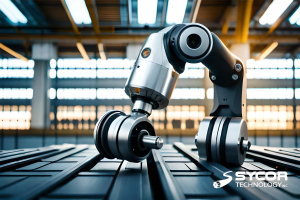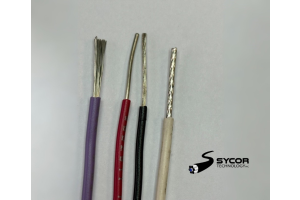Robotics & Automation
-
Robotics and automation are the future. From Kiosks to manufacturing plants, robotic automation is continuing to expand to markets all over the world. Living with more technology than ever before; the demand for unique cabling configurations is continuing to grow. In this blog, we'll be covering the different cables that are typically used and relied on for a variety of automation applications.
-
In the manufacturing industry, there are often a large number of misconceptions about robotic purchases and the technology involved. For example, robotics used in automotive manufacturing facilities are vastly different than the robotics within chemical manufacturing. This means different investments, different equipment, different ROI, and different implementation strategies. There are significant contrasts in safety, programming, and capacity for anyone looking to increase overall manufacturing efficiency. This blog will be going over the main differences between the popular cobot and the industrial robotic manufacturing methods.
-
COVID-19 has created many challenges in the workplace, but nothing as bad as the overwhelmed medical industry. From an overload of patients to a lack of staff across the nation, COVID-19 has truly been a challenging time for everyone in the medical industry. To combat this major issue, medical robots of all different kinds have been implemented to support everything from simple tasks to surgery and even long-distance medical support. This blog will be going over the different types of medical robots, their applications, and the different wire and cable parts that can make the applications a reality.
-
Ultra or high-flex cables typically come in heavy-duty, oil-resistant, continuous flex, multi-conductor constructions. Being able to continuously flex, bending flex or even Torsional Flex requires incredibly reliable constructions, which are consistently tested between 2 and 14 million cycles, depending on the manufacturer. These incredibly flexible and durable cables are designed to withstand medium stress and movements in dry, moist, and harsh conditions.





